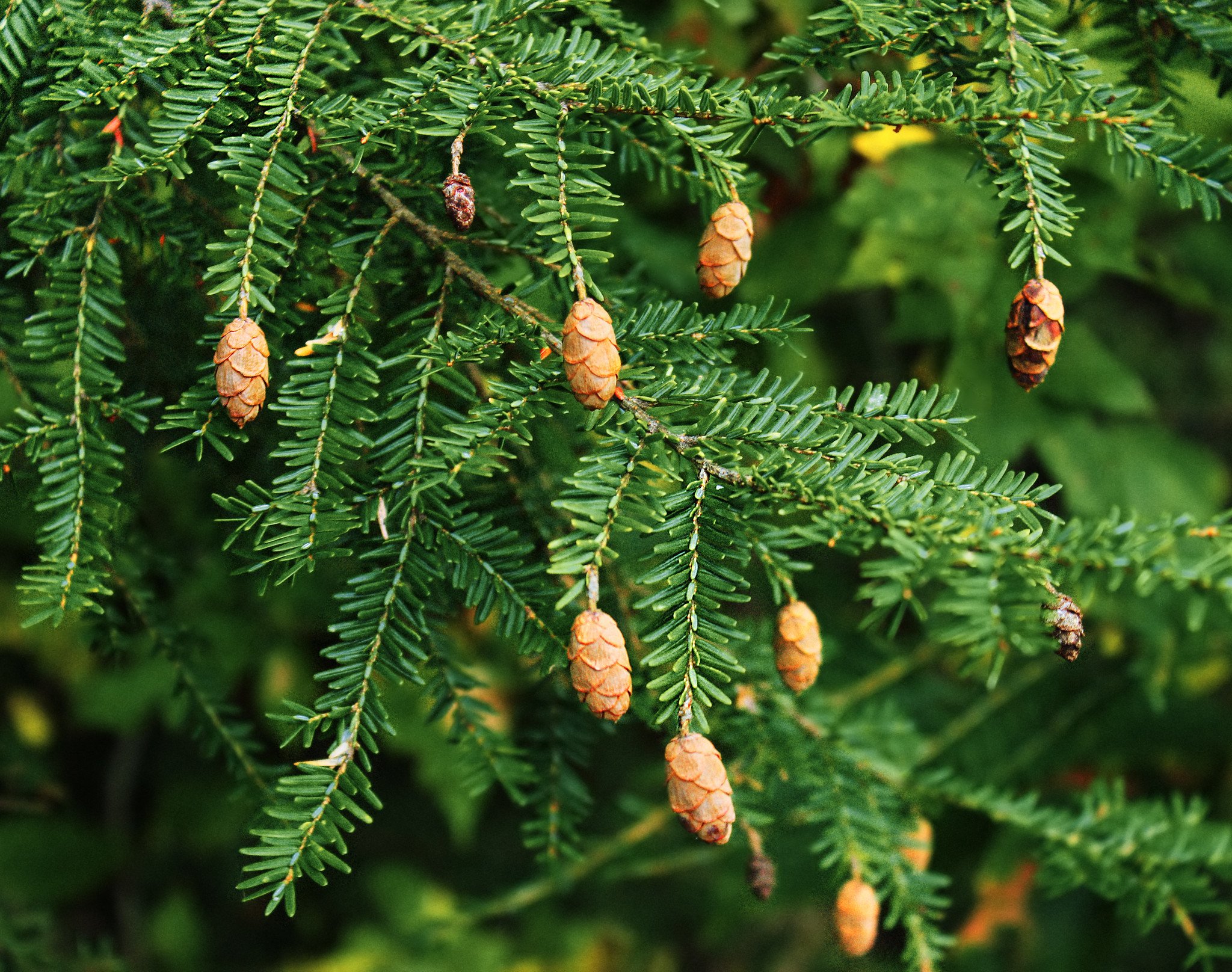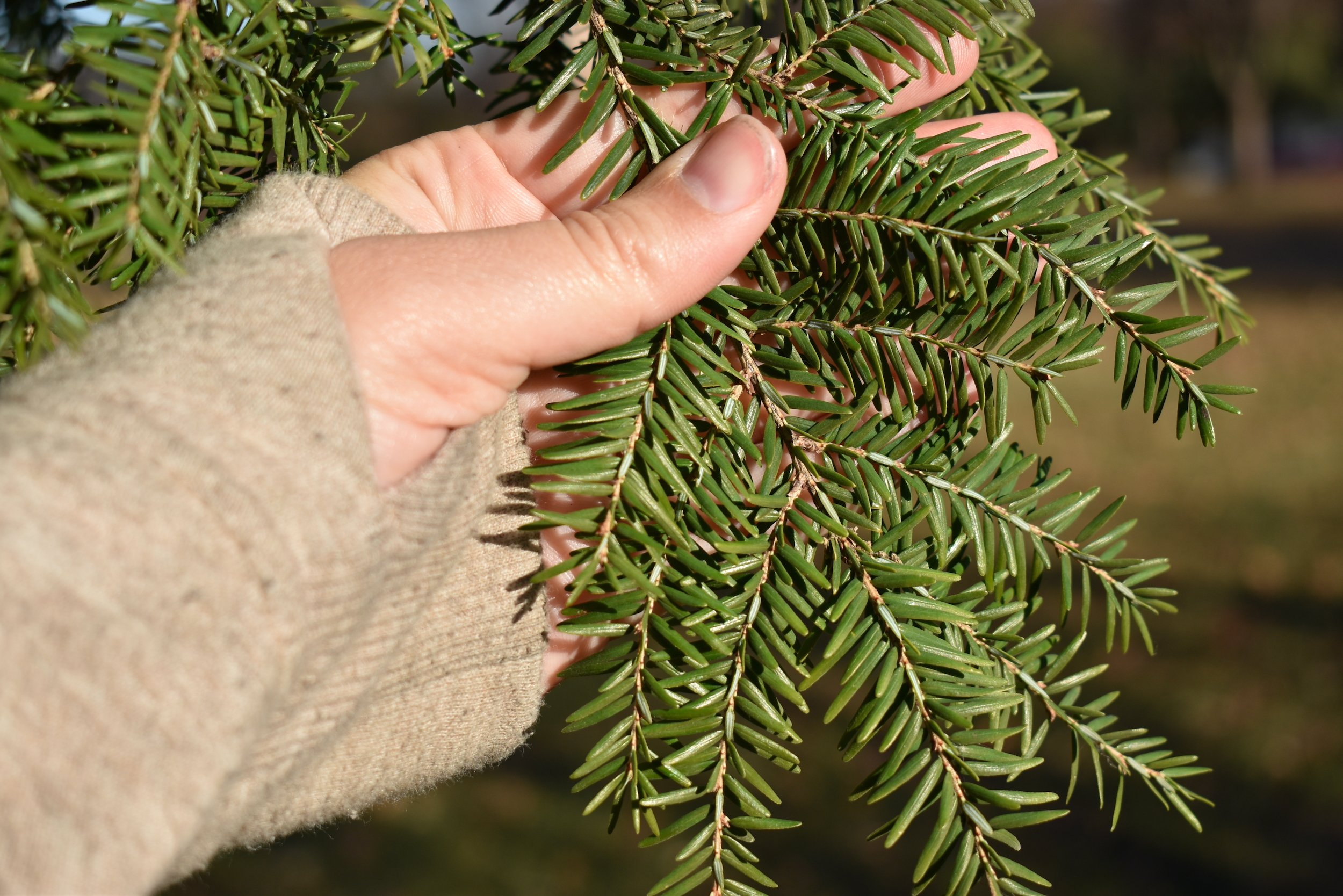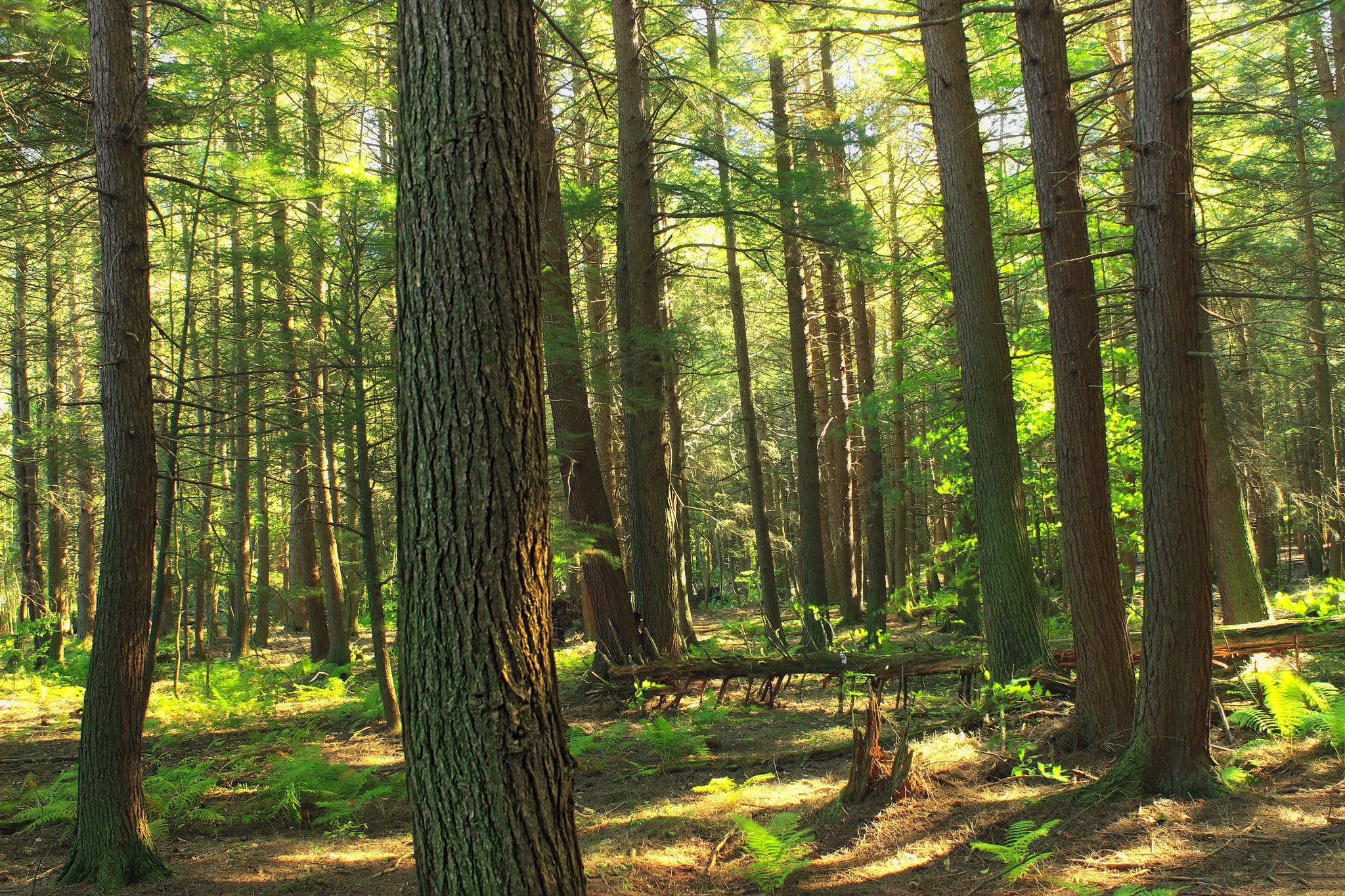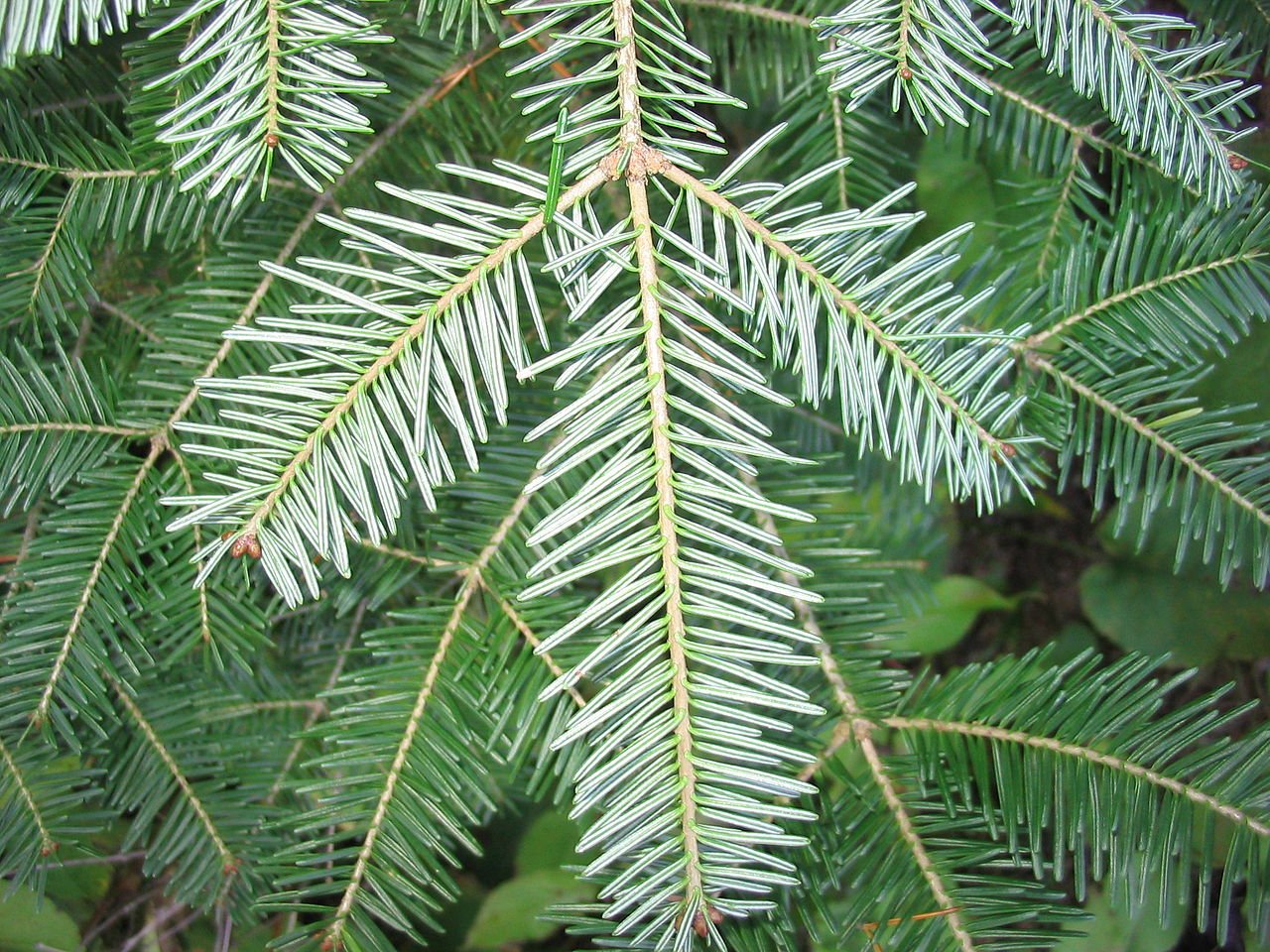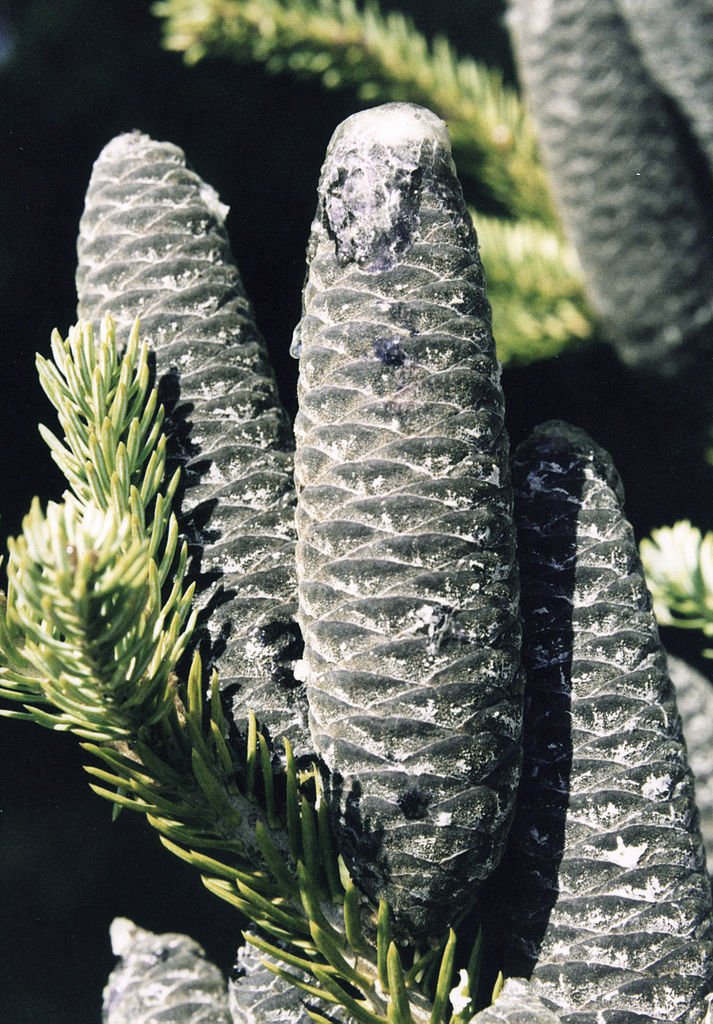The Edible Hemlock
Prefer to listen to this article? No problem! Four Season Foraging now offers free audio versions of articles with the help of a text-to-speech website. Simply click the play button on the right!
Eastern Hemlock (Tsuga canadensis)
Say the word “hemlock” and people’s faces immediately pale as they think of deadly poisonous species like poison hemlock (Conium maculatum) and water hemlock (Cicuta maculata). But what about eastern hemlock (Tsuga canadensis)? You might assume it’s poisonous because of the name, but it’s actually an edible evergreen tree that’s not even related to poisonous hemlocks! So read on to learn more about this beautiful tree, and then get ready to horrify friends and family when you tell them you eat hemlock!
Habitat and Distribution
Eastern hemlock grows in the eastern US and Canada, stretching from Georgia and Alabama in the south to Minnesota and Ontario in the northern and western edge of its range, east to Novia Scotia. In Minnesota it is mostly found in the northeastern part of the state, though it is so rare that it is actually considered endangered (more on that below.) It is very common across most of its range, however, preferring shady areas with moist soil in mixed or pure stands. You may find it in valleys, along slopes and ridges, or near lake shores.
Identification
This stately tree can reach impressive heights of around 100 feet! When mature, the bark becomes deeply furrowed with flat plates.
Hemlock needles and cones are both small; on eastern hemlock, the cone is rounded or egg-shaped and 1/2 to 1 inch long. The needles are 1/4 to 3/4 in length, flat, and rounded at the tip. Each needle is born on a tiny peg-like base and they appear to grow in two flat rows along the twig. The underside of the needles are whitish in color, with a green midvein that gives them a striped appearance.
Similar Species
Western hemlock (Tsuga heterophylla) has slightly larger cones than eastern hemlock (T. canadensis)
Four species of Tsuga are native to the US. Eastern hemlock and western hemlock (T. heterophylla) are the most widespread. My personal experience only involves eastern hemlock, but it is my understanding that all Tsuga species can be used similarly. You should do additional research on your local variety, however!
Look Alikes
Coniferous trees you may confuse with hemlock include fir (Abies spp.) and yew (Taxus spp.) Of these, yew is definitely the more important one to learn to recognize. This is because the needles, twigs, roots, and bark of yew are all highly toxic (as in potentially deadly toxic.) The only part of yew that is edible is the flesh of the red berry-like aril, but the seed inside the fruit has the highest concentration of toxins in the whole plant! I briefly go over yew identification below, but you can read more details about yew identification my other blog post about it. Fir is an edible evergreen, so if you happen to confuse it with hemlock it’s probably not a big deal.
Toxic yew: note the sharp pointed needles and red fleshy fruits
Yew identification
Like hemlock, yew has flat needles that appear to grow in two rows. They also have a prominent green midvein on the underside of the needle that looks similar to the underside of hemlock needles. But the similarities basically end there. Remember that the needles of hemlock are rounded at the tips, but those of yew are sharply pointed. Furthermore, hemlocks produce cones, while yews make a fleshy, bright red fruit called an aril. This functions as a literal red flag—if you are looking at a needle-leaved tree or shrub with bright red fruits, it is almost certainly yew. Keep in mind, however, that the fruit isn’t present on the plant year-round; around here in Minnesota I see them in mid-to-late summer.
Fir Identification
Fir trees also have flat needles that appear to grow in two rows, and they also look striped on the underside due to a prominent green midvein. Unlike the toxic yew, fir needles are often rounded at the tips—another characteristic they share with hemlocks. (Fir needles are sometimes notched at the tip, unlike hemlocks.) So what’s the best way to tell the two apart? Well, hemlocks have a small woody, peg-like base that holds the needles. The needles of firs, meanwhile, grow directly out of the twig. The needles of firs also tend to be longer than those of hemlock. But the easiest way to tell the difference is to look at the cones (if they’re available.) Fir cones are much larger and grow upright on the tree, whereas hemlock cones are small and dangle down from the branches.
Harvest and Preparation
The needles of hemlock are high in vitamin C and can be used much the same way as other edible evergreens. This typically means infusing them into a carrier such as water, vinegar, alcohol, oil, or syrup—to name a few examples.
The inner bark of hemlock is also reportedly edible, but I don’t have any experience eating it. The needles are much easier to collect and the issue of accidentally taking too much and killing or injuring the tree isn’t a serious concern, as it is with inner bark. Furthermore, you can get the medicinal properties of the needles, inner bark/bark and sap all together by harvesting the twigs.
Hemlock makes a lovely tea. Harvest the needles and small twigs all together. Prepare a decoction by bringing 1/2 cup coarsely chopped twigs to a boil, then simmer about 10 minutes. Strain and add sweetener if you choose. You can adjust the strength by adding more or less twigs or by simmering for a shorter or longer period.
Medicinally, hemlock tea helps relieve cold, cough, and fevers. It also builds immunity and is particularly useful at the onset of a cold or flu, but it can also lessen the duration of an illness that has already set in. Hemlock tea is also wonderful for soothing sore throats, especially with a spoonful of honey added in!
*Safety note: some sources warn against ingesting hemlock while pregnant or breastfeeding. The only reasoning for this I could find was due to the high vitamin C content. This isn’t particularly compelling to me and I know evergreens often get lumped together as being unsafe during pregnancy when that’s really not the case for every species. However, you may want to talk to a medical professional before consuming medicinal doses just to be on the safe side.
An Endangered Tree
Eastern hemlock is listed as endangered in the state of Minnesota. It was apparently always a rare tree in this state, as Minnesota is on the far western edge of its range. However, heavy logging by European colonists and the apocalyptic fires that followed decimated its population. There are only around 50 mature trees remaining in the state, according to the DNR. (This isn’t counting the cultivated hemlocks planted in parks, yards, and other landscapes.)
As a legally protected species, “A person may not take, import, transport, or sell any portion” of eastern hemlock in the state of Minnesota. This means that even taking home a cone that fell to the ground is technically illegal. My experience with hemlock comes from living in northern Michigan, where it is abundant.
It is also worth noting that eastern hemlock is threatened by the hemlock woolly adelgid, (Adelges tsugae) a small aphid-like insect native to Japan that was accidentally introduced to eastern North America in the late 1940s or early 1950s. This species has not been found in Minnesota, however, it is significantly increasing hemlock mortality rates in eastern US and southern Appalachian states.
A Rose by Any Other Name…
Lisa: A rose by any other name would smell as sweet.
Bart: Not if you called 'em stench blossoms.
Homer: Or crapweeds.
Marge: I'd sure hate to get a dozen crapweeds for Valentine's Day. I'd rather have candy.
Homer: Not if they were called scumdrops.
So what’s the deal with the name hemlock? Why does this delicious tree in the pine family share the same name as poisonous species in the carrot family?
Unfortunately, I don’t have a clear answer on that. The Online Etymology Dictionary says the following:
hemlock (n.)
poisonous plant native to Europe, transplanted to North America, Old English (Kentish) hemlic, earlier hymlice, hymblice, name of a poisonous plant; of unknown origin. Liberman suggests from root hem- "poison," perhaps with the plant name suffix -ling or -ig. As the name of the poison derived from the plant, c. 1600. The North American fir tree so called by 1670s in New England, from resemblance of the position and tenuity of its leaves to those of the plant [emphasis added].
This report is suspect, however: first of all, hemlock is not a fir tree. Second of all, here is a comparison of eastern hemlock leaves and poison hemlock leaves:
A pressed leaf of poison hemlock (Conium maculatum)
A small branch of eastern hemlock (Tsuga canadensis)
Now maybe I’m crazy, but I don’t think these leaves look similar at all. And I personally don’t perceive the leaves of either species to possess much “tenuity.” But maybe I’m missing something that was obvious to early New England colonists!
More details on the etymology of eastern hemlock can be found on The Gymnosperm Database. They assert the following:
It is thus likely that doctors or apothecaries, who would have been interested in the medicinal uses of the foliage of both plants [eastern hemlock and poison hemlock], here first noted the resemblance in odor between Tsuga and Conium, and gave the plant its common name.
Now maybe I’m not recalling the smell of poison hemlock correctly, as it has been years since I’ve come across one, but in my memory it has an unpleasant odor. Indeed, it is broadly described in literature as musty, fetid, and similar to mouse urine. Compare that to eastern hemlock, which has a beautiful piney, citrusy, and resinous smell. So again, I’m not convinced of this reasoning.
A Tree to Cherish
Despite its misleading and confusing name, hemlock is a lovely evergreen with a great taste and several medicinal benefits. I hope you’re able to try it out yourself!
Join Us on Patreon!
The topic of this article was chosen in a poll by Patreon members. Thank you for your support!
If you like our foraging tutorials, please consider joining us on Patreon! It’s a simple way for you to help Four Season Foraging keep producing the informative content that you enjoy.
